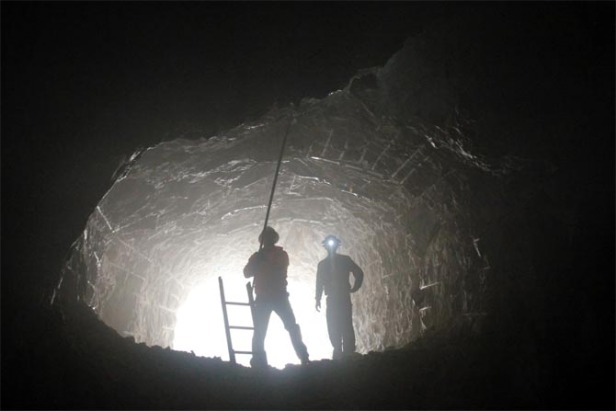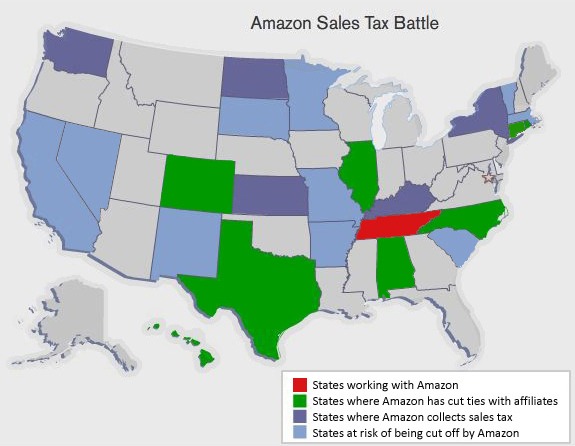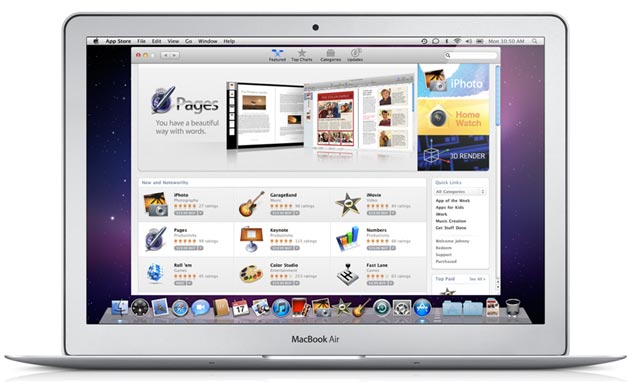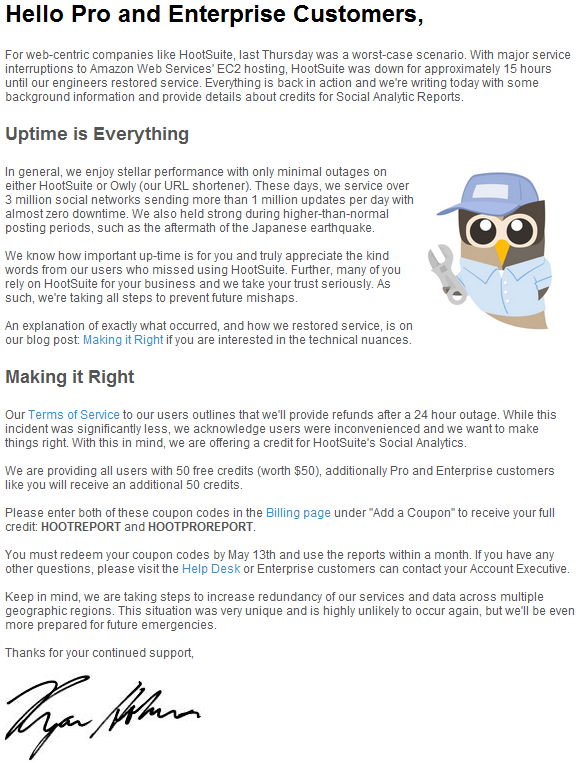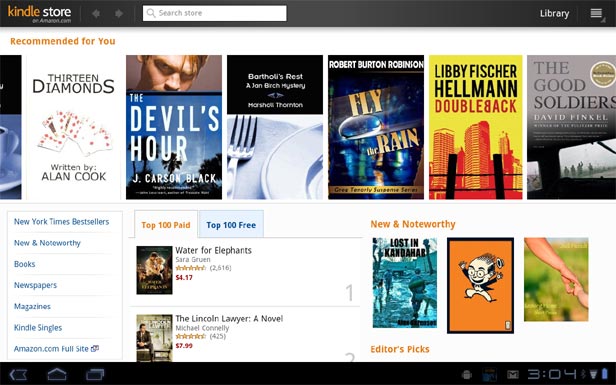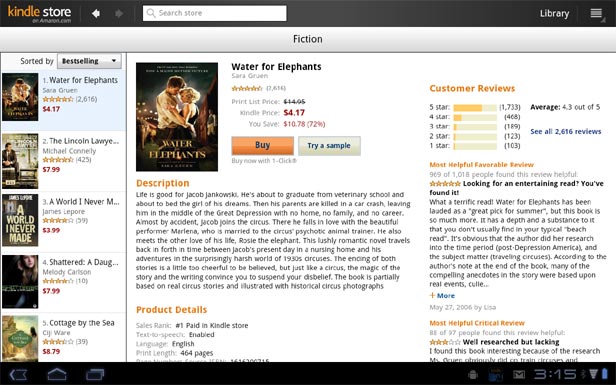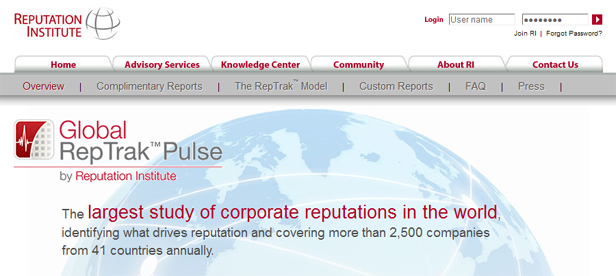On Friday, a new California state law goes into effect that will tax Internet sales through affiliate advertising. Rather than pay such taxes, online retailers like Amazon will instead shut down their affiliate programs in the state. For Amazon, that is said to come to 25,000 sites in California alone.
Was this a wise move by the California government? Tell us what you think.
Democrat Governor Jerry Brown has called it a “common sense idea,” according to one report from the LA Times. Though clearly many disagree with that notion, thinking that it will do more harm that good. Amazon CEO Jeff Bezos has said in the past that the company is protected in the U.S. constitution’s prohibition of state’s interference in interstate commerce:
And in the U.S., the Constitution prohibits states from interfering in interstate commerce. And there was a Supreme Court case decades ago that clarified that businesses — it was mail-order at that time because the Internet did not exist — that mail-order companies could not be required to collect sales tax in states where they didn’t have what’s called “nexus.”
So there’s that, but as my colleague Josh Wolford noted in a recent related article about Texas, more and more states are saying that Amazon affiliates count as physical presences and are enacting sales tax regulations already.
That’s why Amazon has been shutting down affiliate programs. Amazon has told affiliates in the past that they’d have to move to another state to continue earning commissions on referrals. Overstock.com has reportedly done that before too.
It’s worth noting that California’s sales tax rate in general will be dropping to 7.75%. Here is the bill that was signed into law (pdf).
Some groups representing brick and mortars feel the law should be extended on a national level, claiming the taxes take away competitive advantages from Internet retailers that don’t have a physical presence in a particular state. Consumers are able to avoid fees from purchasing from these retailers that they’d otherwise have to pay by buying in-state.
Affiliates have been informed of the termination of their contracts with Amazon. They have received a letter from Amazon saying:
(The bill) specifically imposes the collection of taxes from consumers on sales by online retailers – including but not limited to those referred by California-based marketing affiliates like you – even if those retailers have no physical presence in the state.
We oppose this bill because it is unconstitutional and counterproductive. It is supported by big-box retailers, most of which are based outside California, that seek to harm the affiliate advertising programs of their competitors. Similar legislation in other states has led to job and income losses, and little, if any, new tax revenue. We deeply regret that we must take this action.
Danny Sullivan, a California resident wrote Bezos an open letter “thanking him” on his personal blog Daggle. It begins:
“Thank you for your letter today, informing me that after seven years of being one of your affiliates — and having earned for you about $150,000 in that time — that you “deeply regret” unilaterally terminating my contract with Amazon to be an affiliate. I also especially appreciated the part where you reassured me that this action wouldn’t affect my ability to keep buying from your company. Nice touch.”
He goes on to add that while he is fortunate enough to have a successful day job, the loss of income will have a far greater impact on many other affiliates. He also makes a good point about how Amazon will continue to get paid from existing affiliate links without the actual affiliates getting paid.
“I’m not sure how many affiliate links I have on the blog,” Sullivan writes. “Not that many, maybe 25 to 50 in all. But until about an hour ago, those links were worth something to you. Now, because of your squabble over the sales tax issue, you’ve decided to just take for free what you’d previously paid for. If I don’t find time to track down and kill those links, you keep grabbing orders that get made through them and keeping the cut I previously received”
“Over the next day or so, you’re going to get a lot of orders this way,” he adds. “Bigger affiliates will eventually move. Plenty of smaller ones won’t be bothered to change. But those small ones that don’t will add up into plenty of money for your company. You, of all companies, really understand how all that long tail stuff can mount up, right?”
Danny makes some fair points, but the fact that the law was passed is likely to drive businesses away from the state, as clearly they will have no choice if they wish to continue relying on Amazon for income.
jjlwils55, commenting on the LA Times report says, “Okay, here’s the answer…start buying products from overseas companies. In this day of internet technology, this is a job killer and at the end of the day will not raise additional taxes.”
In the same thread, a small business owner says his company was a victim of similar circumstances all the way back in the early 80’s. “We operated out of Pennsylvania until they ‘needed $65 million’ and ‘targeted only 4 industries’ for a ‘new sales and use tax’. Lots of Exemptions only to the connected cronies in Harrisburg (lawyers of course). WE VOTED WITH OUR FEET AND MOVED TO FLORIDA. We moved the Business and Six Families after ‘growing up there’. We are still angry.”
From the sound of it, there are plenty of people getting ready to pick up and move, or at least consider it, as a result of this California law now. But how long before they are greeted with similar issues at their next destination. You can see how the ordeal has been playing out in various states in this map from TheStreet.com:

Amazon isn’t the only one the law will affect, by the way – just the biggest.
What do you think? Should states tax online retailers the way California is doing? Should about federal law? Share your thoughts in the comments.

